May 16, 2017
Three workplace managers walk into a bar … and the rest is no joke 0
 This is a long tale, but a worthwhile one to tell, and something that many of you will relate to, especially if you have anything to do with workplace design or management. Three managers walk into a bar. This is always a good place to start. They each have gender-neutral names, so I’ll leave you to work out whether they may be male or female. Not that it even matters in this context. Frankie gets there first. “Hi. Large glass of wine please. What do you have?” The bartender pauses, then replies: “We have … red … or … um … white. Um … oh, and fizzy and pink”. Frankie thinks for a moment, dismisses the idea of a cocktail or a short, then orders a beer. It’s a corporate training centre after all. What would you expect in a place like this? An extensive wine list?
This is a long tale, but a worthwhile one to tell, and something that many of you will relate to, especially if you have anything to do with workplace design or management. Three managers walk into a bar. This is always a good place to start. They each have gender-neutral names, so I’ll leave you to work out whether they may be male or female. Not that it even matters in this context. Frankie gets there first. “Hi. Large glass of wine please. What do you have?” The bartender pauses, then replies: “We have … red … or … um … white. Um … oh, and fizzy and pink”. Frankie thinks for a moment, dismisses the idea of a cocktail or a short, then orders a beer. It’s a corporate training centre after all. What would you expect in a place like this? An extensive wine list?






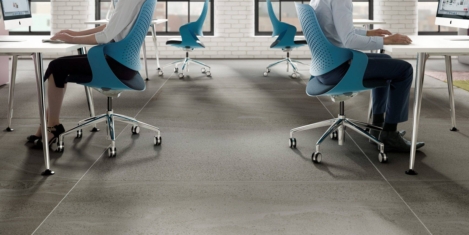

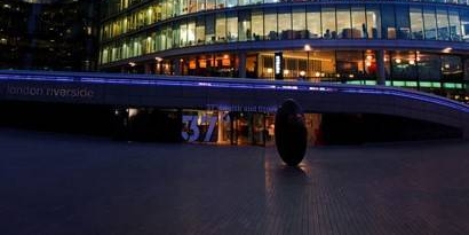
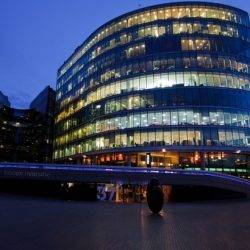
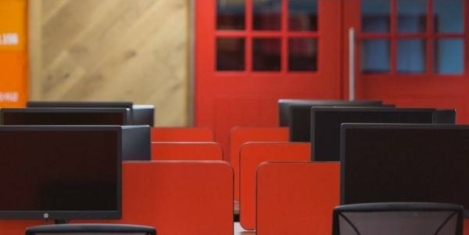
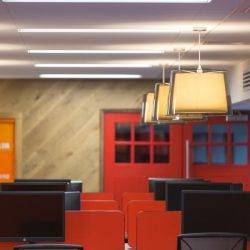


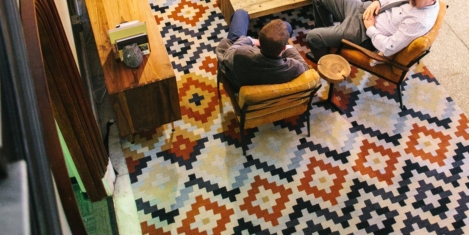



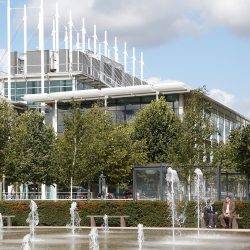















May 18, 2017
Reflection on facilities management and the people I’ve met along the way 0
by Paul Carder • Comment, Facilities management
(more…)